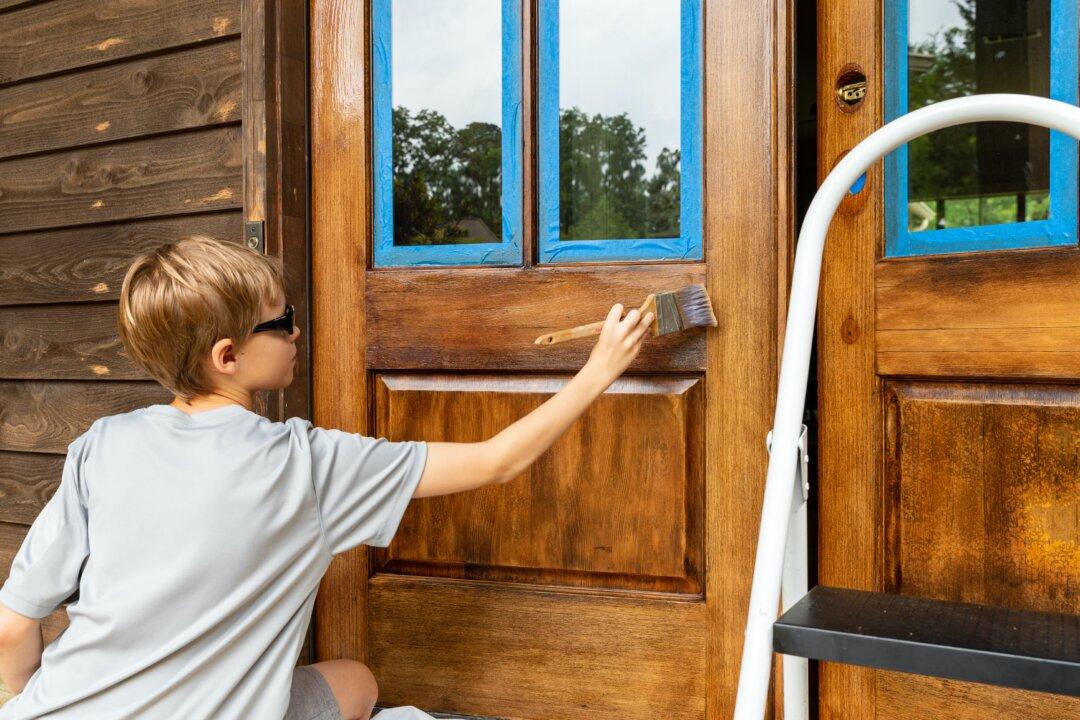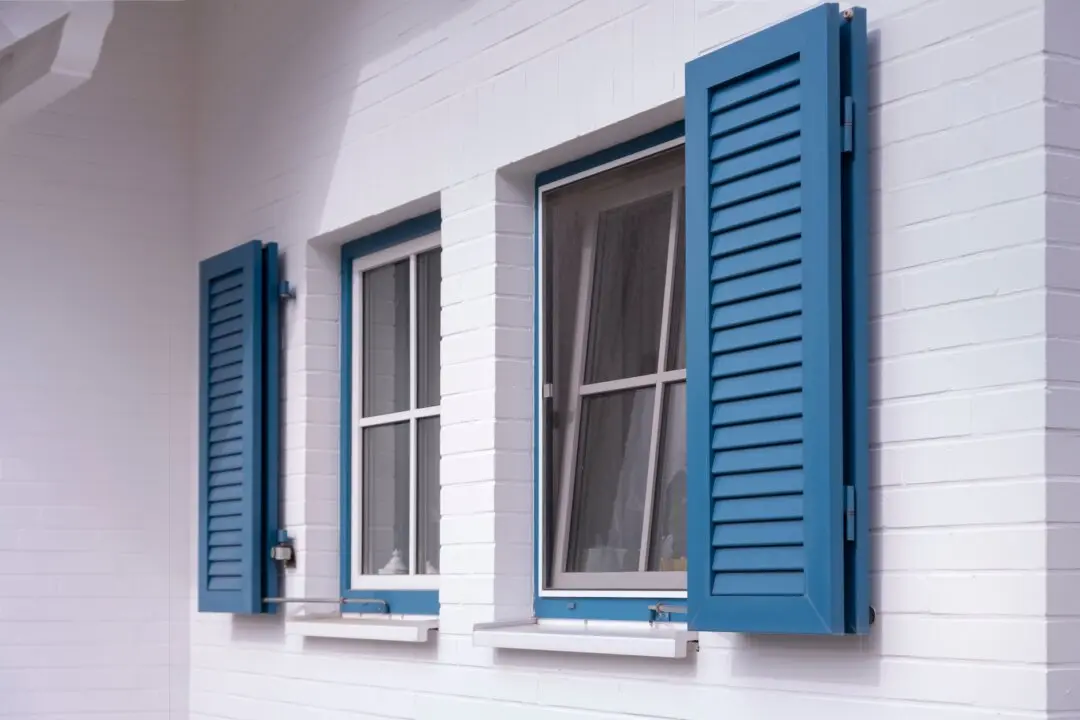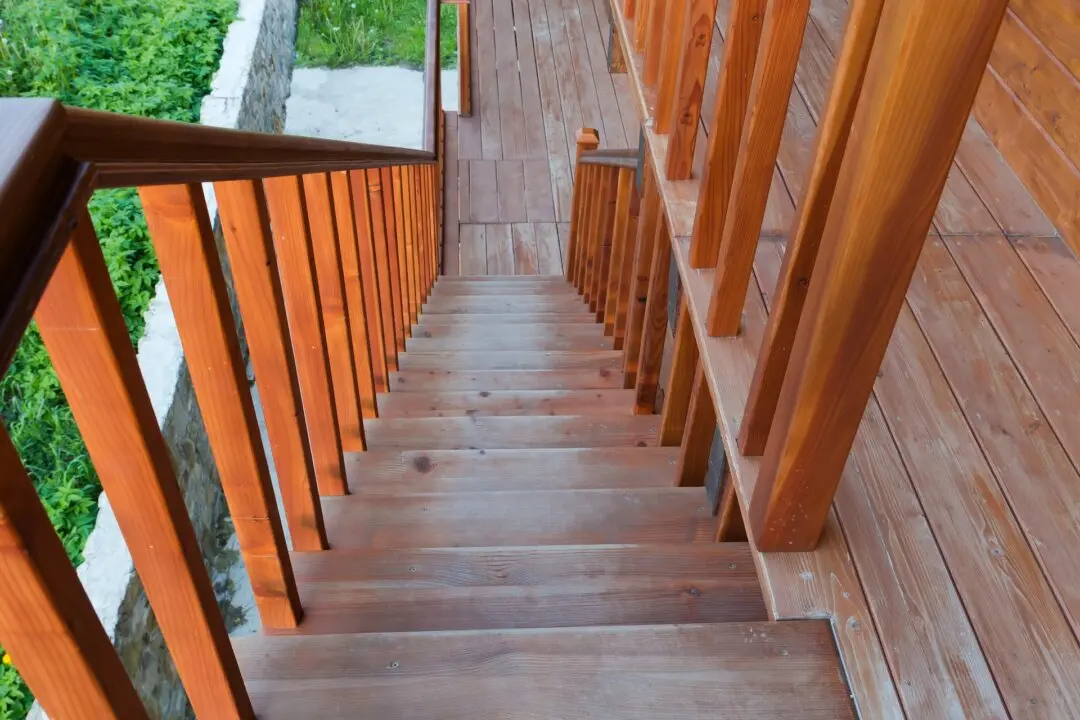Dear James: My wood front door is still in good condition. When I tried to refinish with a clear coat, it flaked off. What type of finish will last longer this time? —Wendy L.
Dear Wendy: A properly stained and finished natural wood front door is beautiful and should remain that way for many years. Over time, it will need to be refinished to bring back its original appearance. Clear coatings are available that will adhere and last years.





